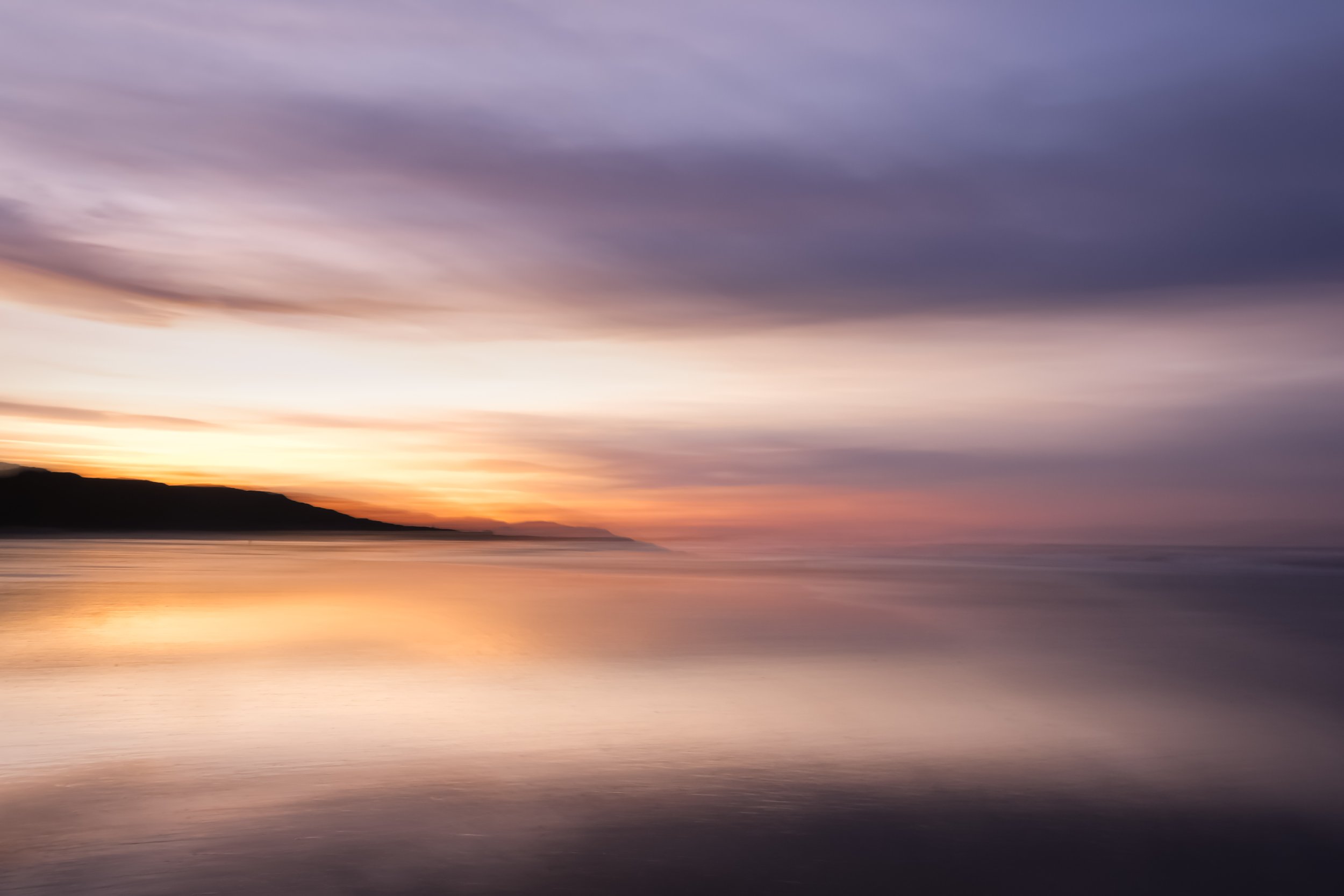
Intentional Camera Movement
A technique for creative expression
This technique is a gem to add to your Wild Photography repertoire as it helps to overcome periods of stifled creativity. It is more than this though; once you have mastered the technique, there is still more to learn. Trial and error is the key to developing (and a back up battery and SD card).
What is Intentional Camera Movement (ICM)
It could be defined as using camera movements to create intentional blur - handheld long exposure
Why would I do this?
The best thing about ICM photography is that it's impossible to create the same image twice, the most challenging is that you will most likely take a lot of images you are not happy with. It’s not a ‘standard’ process in that you can’t simply replicate settings and composition to realise your creative vision, however there is technique and you will need to have learned how to use your camera in manual mode. A basic knowledge of how to expose your camera manually is kind of necessary, or at least familiarity with the language, otherwise this guide might be something you could come back to after gaining some basic knowledge.
It's possible to create some amazing abstract images that look stunning as wall art. Another bonus is any weather is good weather for creative photography.
There is no right or wrong in this simple guide, just some useful tips that I’ve picked up through learning and experience - the aim is to be creative and individual.
“The tide is high and ebbing - there will be a full moon rising today. The surge has cleansed the beach of prints from the previous day and the colours of the rising sun are reflected on the water left behind by the last incoming wave”
The Equipment
You will need a camera you can put in manual mode, and a lens - best focal lengths between 18-70mm - very wide angle lengths do not work so well. I like to shoot within 24-55 mm range. Although, I would experiment with any focal length you have to hand.
A camera that will enable RAW files will help you have more control over the final image as this means your camera will have captured more information such as tone and detail.
A polariser filter is a good addition to deepen colour. A variable filter is sometimes enough in lower light during the day. Use in combination with an appropriate ND filter in very bright conditions.
The Basic Technique
A steady hand is best for smooth results, not so important if you are looking for texture
Compose and focus before committing to capture (focus on the tideline, wave or horizon)
Seascapes - slow barely noticeable horizontal movements following the movement of the tide
Mountains - horizontal and undulating
Trees - smooth vertical movement
Basic Camera Settings
Shutter speed between 0.8 & 2.5 seconds handheld
ISO and aperture settings should be used to enable the desired shutter speed
I will be creating a more in depth tutorial with more detail and tips soon.



